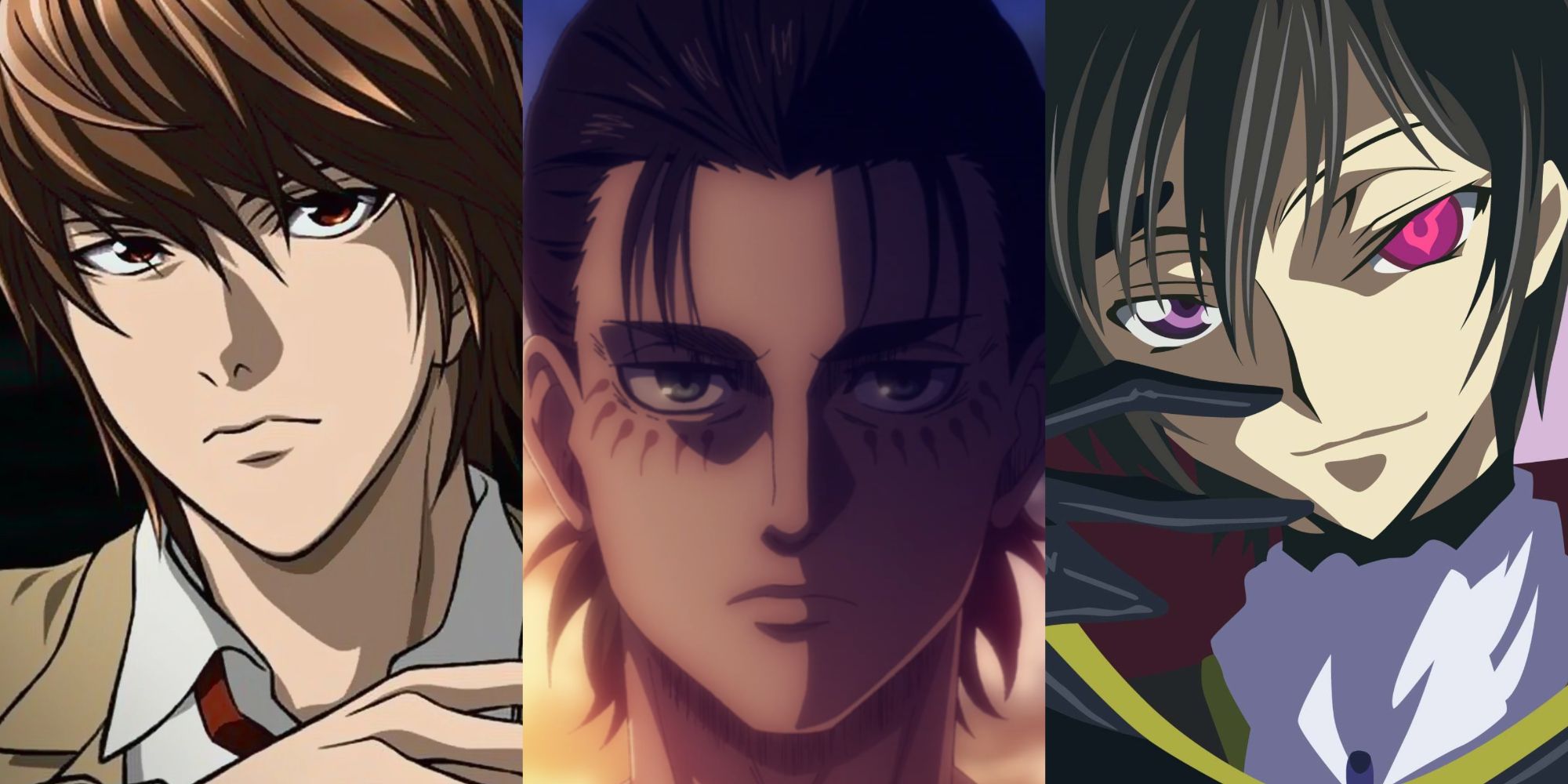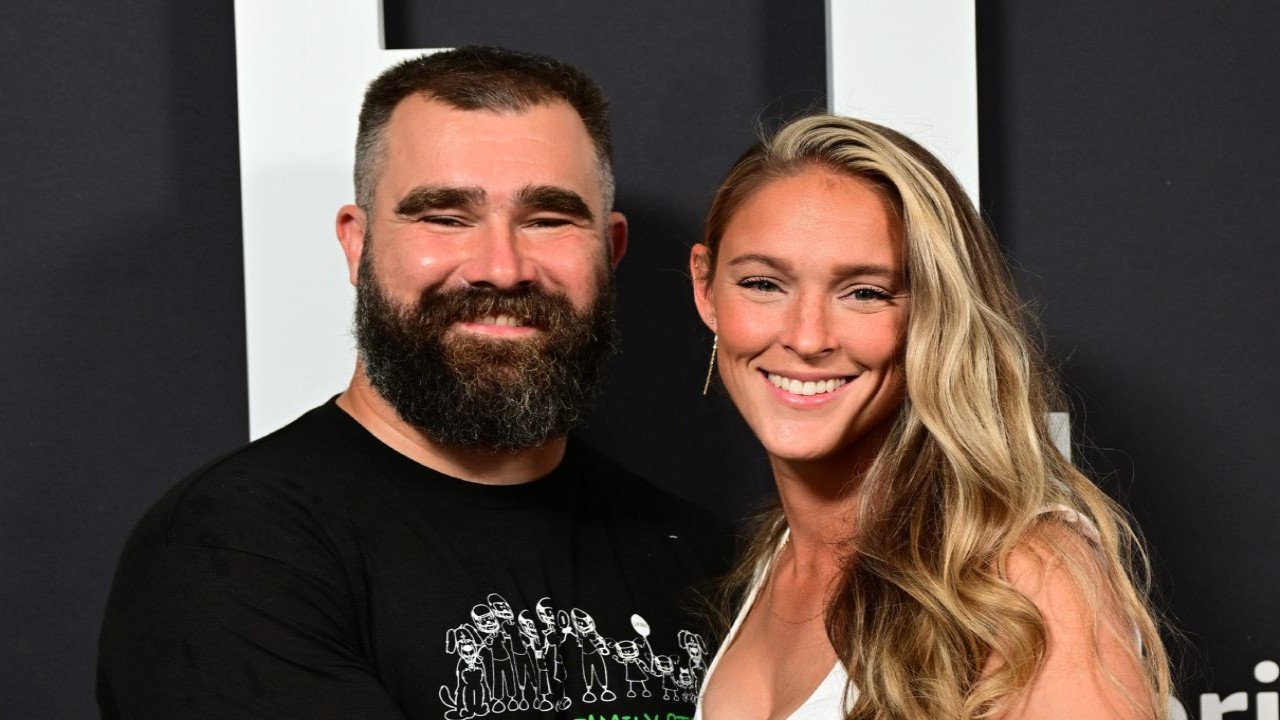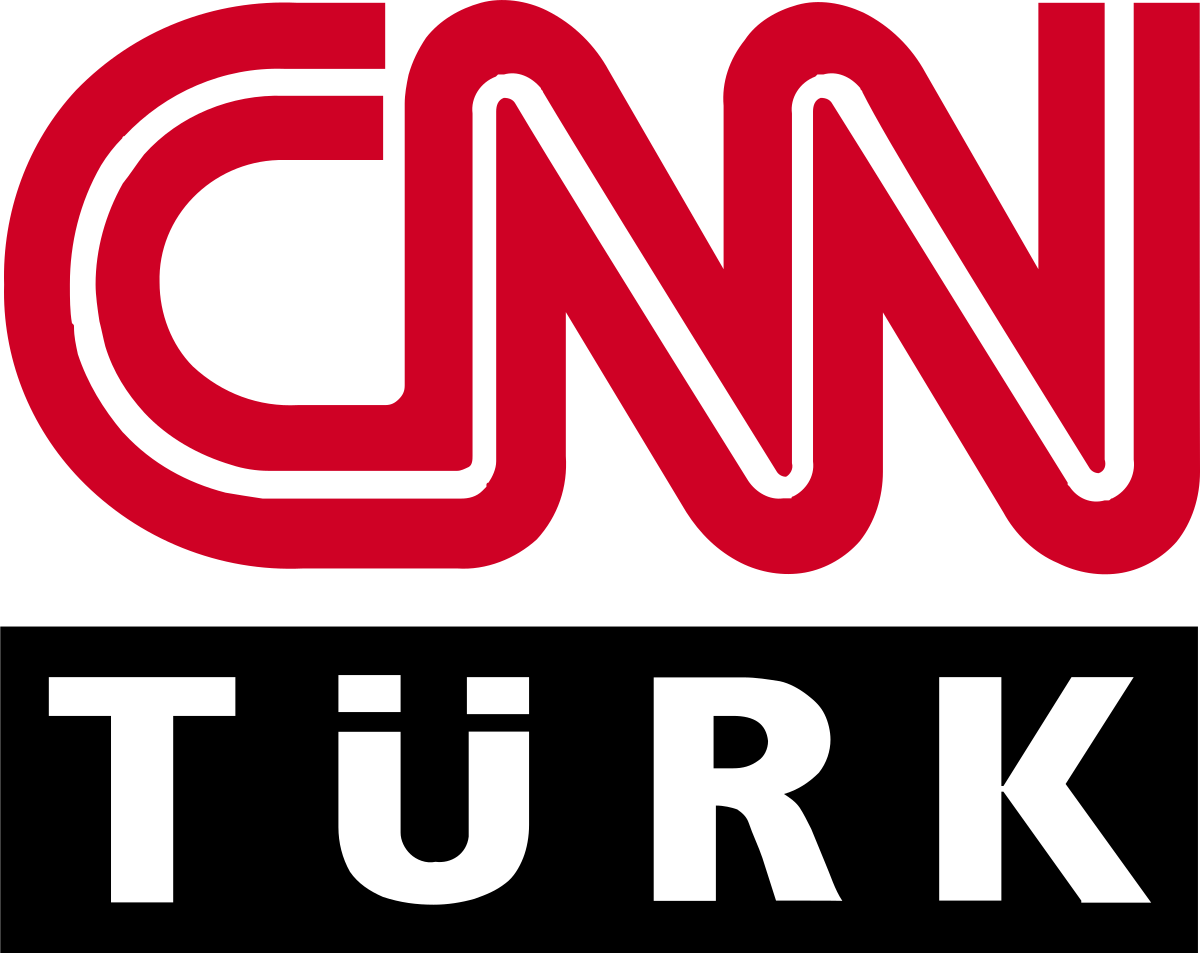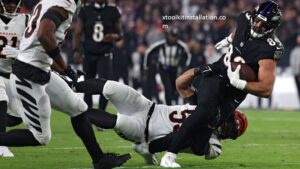The Main Character is the Villain 23: Unraveling the Complexity of Antiheroes

Introduction: Embracing Complexity in Storytelling
In the vast realm of literature and cinema, storytelling has evolved beyond traditional archetypes. One of the most fascinating developments in recent years is the rise of antiheroes, where the lines between good and evil blur. “The Main Character is the Villain 23” is a compelling concept that challenges conventional notions of protagonists and antagonists. In this article, we will embark on a journey to explore the nuances of antiheroes, the psychology behind their appeal, and the impact they have on modern narratives.
Understanding Antiheroes and “The Main Character is the Villain 23”
The term “antihero” refers to a protagonist who lacks conventional heroic attributes and often exhibits morally ambiguous or even villainous traits. “The Main Character is the Villain 23” takes this concept to another level, where the central character embodies the essence of villainy. These antiheroes compel us to question our preconceived notions of right and wrong, leading us on a thought-provoking exploration of human nature.
The Allure of Dark Protagonists
Exploring the Appeal of Antiheroes
The attraction to antiheroes lies in their complexity and relatability. Unlike traditional heroes, antiheroes grapple with inner demons and flaws, mirroring the struggles faced by ordinary individuals. Their imperfect nature elicits empathy from the audience, making them more believable and captivating.
Psychological Fascination with “The Main Character is the Villain 23”
“The Main Character is the Villain 23” not only captivates us with its moral ambiguity but also taps into our curiosity about human psychology. We are drawn to understand what motivates these dark protagonists, and how their past experiences shaped their present actions. This psychological depth enriches the storytelling experience, leaving a lasting impression on the audience’s minds.
The Impact of Antiheroes on Storytelling
Breaking the Mold: Redefining Heroism
Antiheroes challenge the traditional notions of heroism, forcing storytellers to push creative boundaries. By featuring “The Main Character is the Villain 23,” authors and filmmakers subvert the norm, creating narratives that surprise, shock, and engage the audience in ways never seen before.
Narrative Tension and Conflict
Incorporating antiheroes injects a fresh dose of narrative tension and conflict. Their unpredictable behavior keeps the audience on the edge of their seats, invested in the story’s outcome. This engagement with the characters and the plot contributes to the longevity of the tale in the audience’s memory.
LSI Keywords: Complexity, Moral Ambiguity, Psychological Depth, Redefining Heroism, Narrative Tension
Impact on Pop Culture and Literature
Shaping Modern Iconography
The influence of “The Main Character is the Villain 23” extends beyond the boundaries of individual stories. Iconic antiheroes have become symbols of complex character development, inspiring various artistic renditions and fan interpretations. They have earned their place in pop culture as timeless icons.
Literary Exploration and Critical Analysis
Academic interest in antiheroes has surged, leading to in-depth literary analyses and critical discussions. Scholars delve into the intricacies of these characters, exploring their cultural significance and the societal reflections they present.
The Evolution of Antiheroes in Cinema
Breaking Ground: Trailblazing Antihero Films
Cinema has seen the rise of groundbreaking films centered around “The Main Character is the Villain 23.” These movies challenge the audience’s perceptions, redefine cinematic norms, and push the boundaries of storytelling.
Actor’s Playground: Embracing Complexity
Antiheroes offer actors a unique opportunity to showcase their versatility. Portraying complex characters demands nuanced performances, allowing actors to shine and leaving a lasting impact on the audience.

The Future of Antiheroes: Continuity and Change
Sustaining Relevance in Modern Culture
As society evolves, so does its fascination with antiheroes. While some elements remain timeless, such as the exploration of human complexities, the portrayal of these characters will adapt to reflect contemporary concerns and values.
The Moral Debate: Impact on Ethics and Morality
“The Main Character is the Villain 23” has sparked a moral debate surrounding the influence of such characters on impressionable minds. Analyzing this discourse allows us to question the boundaries of art and its potential consequences.
FAQs about “The Main Character is the Villain 23”
- Are antiheroes the same as villains?
No, antiheroes and villains differ significantly. While villains are outright malevolent and evil, antiheroes possess both heroic and villainous traits, making them morally complex and relatable.
- What makes “The Main Character is the Villain 23” so compelling?
The allure lies in the exploration of moral ambiguity, psychological depth, and the challenges posed to conventional storytelling.
- Do antiheroes always have tragic pasts?
Not necessarily, but a troubled past often contributes to their multifaceted personalities and motives.
- Can antiheroes achieve redemption?
Yes, antiheroes can undergo redemption arcs, adding further layers to their character development.
- Why do audiences root for antiheroes?
Audiences root for antiheroes because of their relatability and vulnerability, blurring the lines between good and evil.
- How do antiheroes impact the narrative structure?
Antiheroes introduce unpredictability and tension, elevating the narrative’s stakes and captivating the audience.
Conclusion: Embracing the Shadows
“The Main Character is the Villain 23” offers a window into the intricate dance between light and darkness within human nature. These enigmatic antiheroes challenge our perceptions and provide a unique lens through which we can explore the complexities of storytelling and ourselves. As society evolves, the allure of antiheroes continues to grow, cementing their place as powerful icons of modern fiction. So, embrace the shadows, for within them, lie the most compelling tales of our time.






